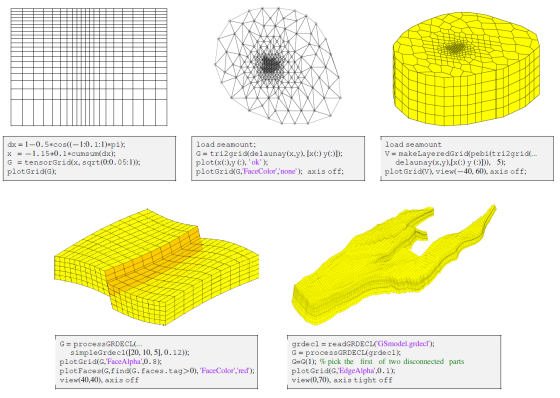You are here:
MRST
/
Gallery
/
Flexible Gridding


